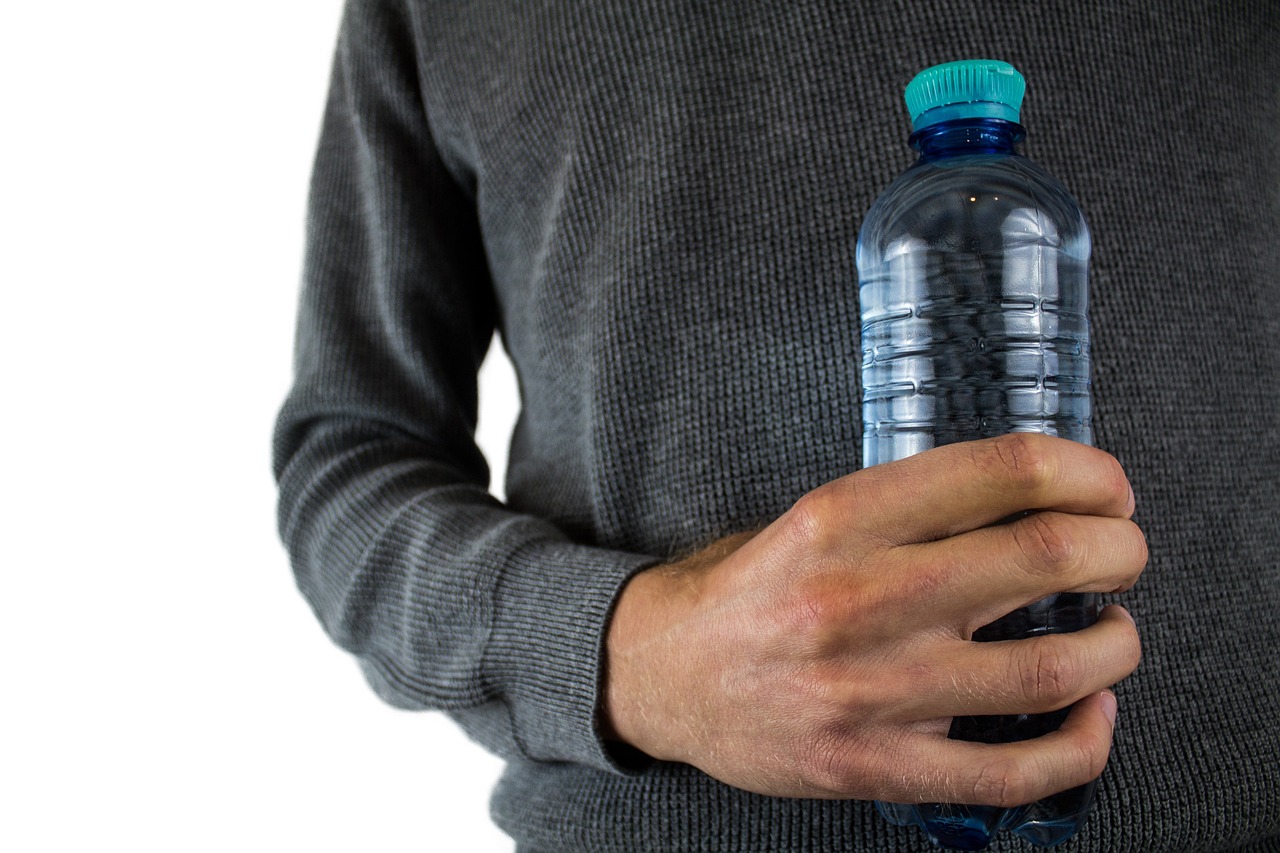Microplastics have now been detected almost everywhere, from the human heart and brain to remote areas of the Arctic. Not much is yet known about even smaller plastic particles—nanoplastics. Plastic particles with a size of fewer than 0.001 millimeters are very difficult to detect.
Even scientists have been surprised by the amount of nanoplastic in standard PET water bottles. Plastic bottles can contain up to 100 times more nanoplastics than previously assumed.
Abrasion when squeezing and opening the bottles
Naixin Qian’s team at Columbia University in New York obtained conventional 1-liter plastic water bottles from three different US supermarkets and examined them for nanoplastics. Each of these PET bottles contained around 240,000 plastic fragments.
The research team assumes that the particles are mainly produced when the bottle is squeezed or exposed to heat. Another study concluded that plastic particles end up in the water as a kind of abrasion when the cap is opened and screwed on.
How the nanoplastics are detected
The fact that so many particles could be detected is partly due to a new approach. The research team aimed two laser beams at the bottle and caused certain molecules to vibrate. A special algorithm was then used to determine how many plastic fragments were detected.
Vienna University of Technology is also researching very similar ways of detecting nanoplastics. A sample is irradiated with a laser. The light from this laser interacts with the molecules in the sample, resulting in an energy exchange. The irradiated molecules then vibrate. This changes the wavelength of their light, and a spectrum can be created from this, which can be seen as a fingerprint for nanoplastic particles.
Microplastics are fragments that are between 5 millimeters and one micrometer – that is one-millionth of a meter. A human hair has a diameter of around 70 micrometers. Nanoplastics are anything measuring less than one micrometer. This means that it is measured in billionths of a meter.
Nanoplastics are so tiny that, unlike microplastics, they can easily enter the bloodstream through the intestines and lungs. From there, it can migrate directly into the heart and brain organs.
The particles can also penetrate individual cells and enter the bodies of unborn babies via the placenta, according to a statement from the university. The exact effects on health are still largely unclear and are currently the subject of several research projects.
- source: vienna.at/picture: Bild von Darko Djurin auf Pixabay
This post has already been read 559 times!
